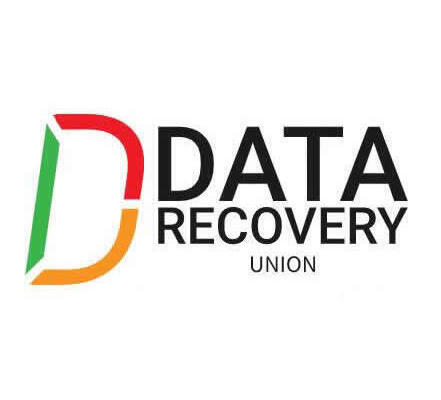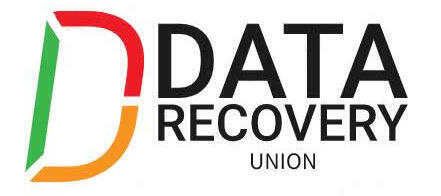The three most common problems seen today are: 1. The drive makes a repetitive clicking sound when power is applied (this may not always be audible to you). 2. The drive is completely dead, not spinning at all. 3. The computer bios sees the drive, but there is no boot and a boot from a floppy will not gain access or you get an error message that says ‘Invalid media type reading drive X’. Of course there are other issues such as flooding (never turn a wet drive on!), fire and other natural and unnatural disasters all of which require a top-notch data recovery company to work with.
If your drive is making a clicking sound, 9 times out of ten this means that the heads are bad and cannot read the information needed to get the drive to a ‘ready’ state. This can be due to two factors: physical head crash whereas the heads scrape some of the media off the surface of the platters thus destroying the heads in the process or the heads just go bad. The result is the same, the drive clicks. In this type of situation, you can expect an expensive data recovery because of what is needed to extract the data. The drive will have to be opened in a clean room environment, the heads will need to be replaced which requires an identical drive be purchased just for parts, and a skilled engineer will have to perform the difficult and meticulous task of aligning these new heads so they read the data properly. If indeed the media has been scored, there are many cases where there is nothing that can be done about it because so much of the recording material has been scraped off. Keep in mind that drives now sold are spinning at an incredible 7200 to 10,000 rpm, and that with this kind of speed disaster can be swift when it happens.
There seems to be a large number of electrical issues with drives these days, weather it be natural as in lightning strikes or man-made as in power outages and poorly manufactured power supplies. There are also known issues in many models of Maxtor, Western Digital and Quantum drives where a certain chip will simply burn up and cause the drive to stop spinning. About two years ago or more, Western Digital had a 500,000 drive recall as the result of a defective chip used in making many different models of drives. Over the last year or more, Quantum drives of many models had a similar issue, except this time, the numbers of affected drives was much higher. This was the driving force behind the acquisition of Quantum’s hard drive lines by Maxtor! Maxtor is still reeling from the huge numbers of returned drives on a daily basis. One of the big problems is that manufacturers do not put a fuse on the drives’ electronics anymore. You might say, “This would be an easy fix, I’ll just get another drive of the same model and swap the boards myself”. In an ideal world this would be the case but another factor most people do not know is that for each model drive made by a manufacturer, there can be over a dozen different revisions of the electronics even though the model is identical! This fact can make a simple problem very complex. Don’t look to the manufacturers for help with this either, they will not.
If the drive is seen by the BIOS of the computer, and you cannot access it by booting from a floppy in the case of a WIn9X or ME drive this means that for some reason the areas that define the partitions of the drive or the boot parameters have been corrupted. This can be caused by a virus, a computer or software bug, using a third party partitioning software, running Fdisk or a number of other reasons. This type of situation can be an easy fix for a professional or it can be a more difficult one depending on the extent of any additional damage to the file system or data structures. Usually, this type of problem is an easier one to deal with, because the drive at least still works. In the case of an operating system other than Win9X like NT, corruption the NT data structure can be a very complex mathematical problem and can be an expensive recovery as well due to the time it takes to solve. Operating systems like Unix and Novell as well as Spanned sets or Raid drives can definitely be an expensive recovery due to the complexity of these configurations.
It is important that you never run utilities such as scandisk, Norton disk doctor or any other such utility on a drive you suspect has a hardware failure. This can make recovery of your data difficult or even not impossible in some cases. These software tools work best on simpler types of problems and have no way of dealing with hardware issues. If your data is important, and you have doubts on what to do, call a professional. Also beware of technicians running these tools without your knowledge, as the results can be just as deadly.
When a data recovery company receives your drive, if it is possible and the drive is operational, a copy of your data is made sector by sector onto another drive (make image of your DATA) so that your data is not harmed in any way. This prevents mistakes, and allows the engineer to run utilities and make changes to a copy of your drive only and not the original.
Hard drives these days are worse than ever. You may find this a surprising statement, but it is true. Due to slimmer margins, and high competition, manufacturers are making drives as inexpensively as possible and more failures are the result. As of this moment, Fujitsu has top marks for reliability in desktop hard drives followed by IBM. In notebook drives, IBM and Toshiba have top billing. An important point to note is that Hitachi makes the absolute worst notebook drives in the industry with the highest catastrophic failure rate followed by Fujitsu. Dell has just decided to go exclusively with Hitachi now in their new notebooks, so beware!
Here is my old standby: Make believe that tomorrow when you turn your computer on that it is not going to work, and what is it that you want today that you will have to do without tomorrow! Back it up!

 Computer Forensics and Cyber Crime: An Introduction (2nd Edition) by Marjie T. Britz
Computer Forensics and Cyber Crime: An Introduction (2nd Edition) by Marjie T. Britz Description:
Description:
